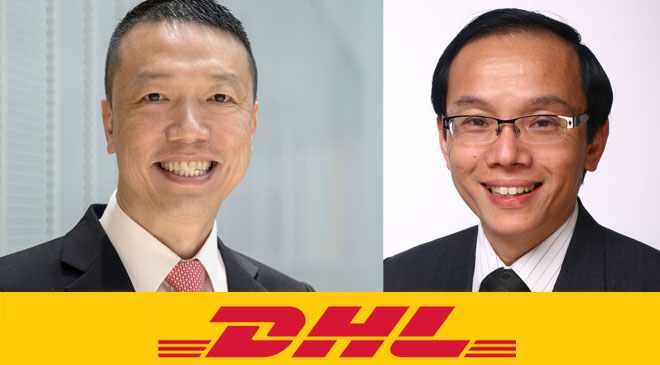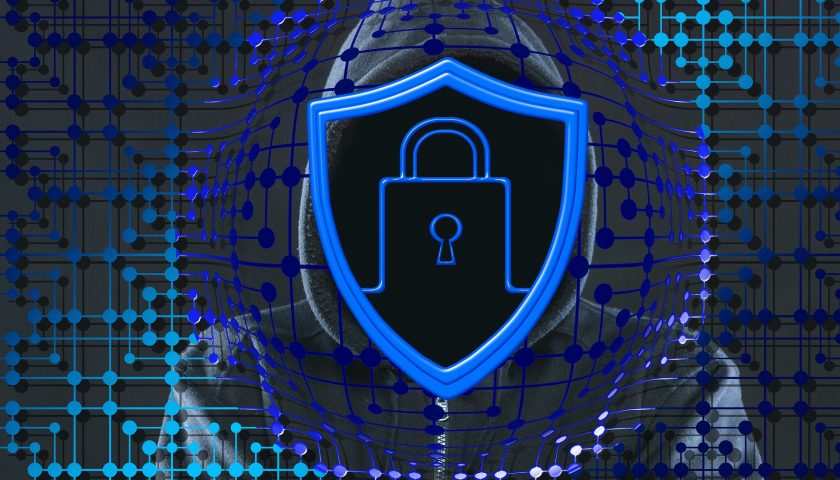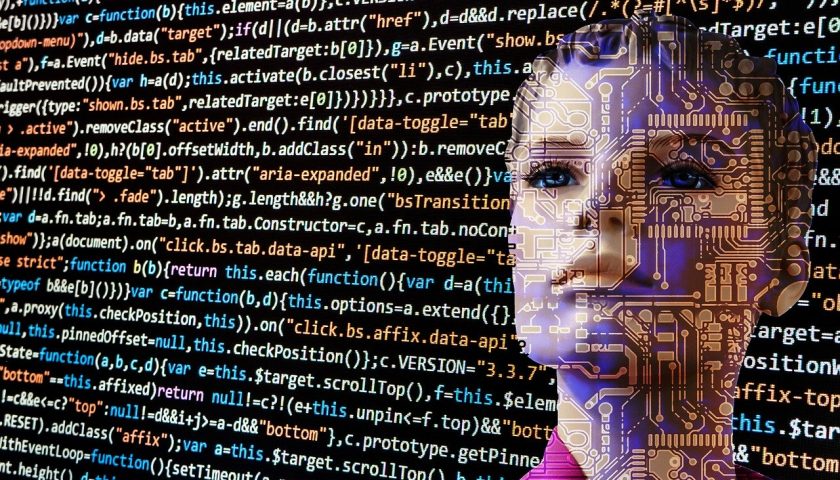
Exclusive interview with Ken Lee, CEO at DHL Express Asia Pacific and Jimmy Yeoh, CIO at DHL Express Asia Pacific.
How can the C-suite work together to drive the digital agenda?
Ken: I believe collaboration, trust and transparency are the guiding principles here. Driving the digital agenda is everyone’s responsibility so you’ll need a team of people who clearly understand their roles, functions, and capabilities to initiate projects that will deliver value to the company. Within and among teams, trust and transparency are also necessary to deliberate over challenges and opportunities, bin those that are not working, and integrate the others to scale up across the organization.
Ultimately, “digitalization” is not very far from every C-suite’s lips these days but the C-suite needs to be aligned around a very clear digital strategy to ensure effective implementation, rather than pursue the latest and greatest that may not always work for the business. Importantly, clear articulation of the goals and specificities of what the organization aims to achieve is needed to help employees understand the need for and to drive change.
Jimmy: The role of the CIO has evolved, especially since the pandemic, when organizations needed to speed up digital transformation to accommodate hybrid working environments. In fact, this has not just been about ensuring network bandwidth for diverse workplace environments but also thinking about how we could improve operational productivity and efficiency against the backdrop of higher shipment volumes. At DHL Express, the CXOs have a strong collaborative relationship as we regularly communicate with each other to fully grasp current business needs and anticipate areas of opportunities. Regular communication to drill down on issues is important to create meaningful and beneficial digital solutions for the business.
What considerations and steps do companies need to take to create a hybrid working environment (office + remote) that ensures employee experience is seamless?
Ken: We spent most of last year focusing on helping employees adapt to a remote working environment and making sure that the experience remains seamless. As businesses start to allow employees to return to the office or remain on a hybrid working arrangement, we need to continue to perpetuate a culture of trust and collaboration when employees are working remotely or in dispersed groups. Bringing everyone together whilst working apart is crucial.
In a hybrid working environment, companies need to offer as much flexibility to our employees as possible. This is important as employees’ expectations are changing. As they juggle their personal needs and job responsibilities, they seek support from employers to consider their career development and wellbeing as well.
Jimmy: It goes without saying that employees at home no longer see uninterrupted access to company’s network, tools and apps as an option but an expectation. This means CIOs must be people-centric – listen more to better understand work issues that employees are facing on a daily basis. Digital tools might have all the amazing features to help lift productivity, but it is when employees feel connected and collaborate with one another to solve challenges, do productivity and innovation really thrive.
Has the need for a robust cybersecurity infrastructure changed as compared to before, during and post-pandemic? Is this managed differently?
Ken: Certainly not. With presence in more than 220 countries and territories worldwide, we are a globally connected logistics network that house valuable customer and employee data. Pre or post pandemic, it is important to ensure that our ground and air network are secure, as customers entrust us each day to help them move thousands of precious shipments.
Given that cyber threat actors continue to exploit people’s fear and concern for the pandemic, COVID-19 has also pushed us to take a closer look at our cybersecurity plan and identify gaps for improvement. This – along with the shift to hybrid working environments – means that we must make sure our investments in cybersecurity are aligned with our overall business strategy, where we strive to provide excellent customer service and employee experience.
Jimmy: The pandemic has definitely shone a spotlight on an organization’s cybersecurity infrastructure, given the shift to hybrid working environment, which has in turn given rise to more threat entry points as a result of employees’ insecure home networks or unsecure connected devices. Organizations are thus, faced not only with a higher volume of suspicious activities but are also challenged with the need to manage false positives – remotely. At DHL Express, we have focused our efforts on strengthening our cybersecurity resilience to make sure that we can detect and respond to cyber threats in the shortest possible time. A concerted effort is also required from our employees to remain vigilant, which has seen us stepping up on internal education to raise employee awareness around cybercriminal tactics, such as phishing campaigns.
What are your key priorities and areas of investments in the next 12 months as businesses start to recover from the effects of the pandemic?
Ken: Simply put, investing and identifying in the right talents as well as empowering our employees with digital technologies so that the business remains at the forefront of changing trends. Cross-border e-commerce continues to pick up pace and we will increasingly see both businesses and consumers take advantage of its benefits to conduct trade. This requires our business to be able to anticipate and respond quickly to customer needs and shipment volume movements.
While It is not always about reinventing the wheel, it is important to constantly look at how we can improve our ways of working. Digital technologies such as artificial intelligence and data analytics will be instrumental in helping our employees make smarter, data-driven decisions, as well as derive actionable insights to innovate and solve business problems.
Jimmy: The next 12 months will still see us continue to work on enhancing our work environment to enable more effective collaboration between employees. This is extremely crucial as we believe that collaboration drives innovation, enables problem-solving as well as boosts employee engagement and morale. We will also be working across functions to automate tasks, leverage artificial intelligence and machine learning to enhance the productivity and efficiency of our operational processes. However, we will also be cautious in our investments to ensure that they make sense for the business. What we want to avoid is making piecemeal investments or investing in solutions in haste that ultimately do not work well together.




